Fand
Every creature in the world is driven solely by their passions, even if this threaten to destroy them, as a moth attracted by a flame. Someone's passions are like a flickering candle in the darkness, mine are more like a bonfire!
Fand is a member of the Tuatha de Danaan, often depicted as a woman with long sleek dark hair and green tantalizing eyes. She's the goddess of passional love, betrayal and revenge.
Representation in popular culture
Fand is usually depicted as a young woman with olive skin. Her hair is long and sleek, black in colour with a faint blue-greenish shade. Her eyes are green, with a constant mischievous expression. Fand is so beautiful that most men find her look hypnotic. Typically she wears long silk dresses of elaborate style, finished with laces, her favourite colours are black and red, but occasionally she gets depicted wearing green or blue dresses that highlight her eyes brightness. It is believed she speaks in a soft honeyed tone, but often she keeps a mocking expression, pretending to be an easy prey. Fand as a contradictory nature, since she has in herself human and divine, therefore she can be sweet and dangerous at the same time; furthermore, if you inimicate her, she can be relentless and furious in her vengeance. Other god treat her with mistrust or open contempt, considering her unworthy and incoherent but they know better than underestimate Fand.
Avatars
If Fand has to meet humans she will assume her human form, looking as a noblewoman with exquisite manners, as described in the previous paragraph. Although if forced into a physical confrontation, she will assume her animal shape a giant wasp dribbling venom from her sting. In this form she's still able to talk normally and fly at prodigious speed. In both her avatar forms, Fand is a skilled magic-user, with an out-standing talent for illusion and charme.
Main Myth
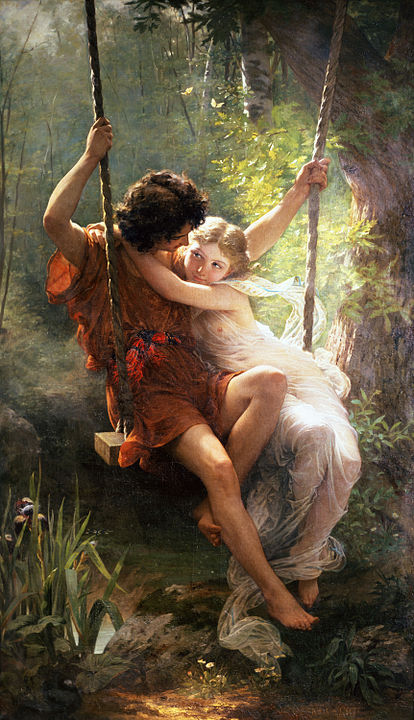
The character of Fand appears, for the first time, in the second cycle of Tuatha de Danaan and was originally a mortal being. Aengus, who has always been attracted by human creature, saw her while she was bathing in a lake and became infatuated of her. Blinded by this compelling passion, he gifted her with part of his portfolio making her immortal and the mistress of passional love; they spent an unfathomable length of time in love with each other, their passion a thirst that no drink could quench. When Balor, with the fomorn legions routed Dagda's army conquering the power, Aengus left her to go in succor of Nuada and the rest of the tribe. Fand, lost in her newly acquired immortality became to feel, due to her human nature, an uncontrollable desire to acquire power; so beguiled by the fomor Lord, who at the zenith of his power could appear beautiful if he desired, sided with him. Their relationship would generate a daughter, Clidnha, but this would be the only joy in Fand's time at the outcast's court. Realizing that Balor's tyrannical nature would not consent him to share power with anyone, she started to reconsider her tactical positioning; after contacting her former lover Aengus, she risked everything in secretly giving him crucial informations about the weak points of the Dark Lord's legions. Furthermore, she protected the assaulting armies of the tribe with a powerful illusion playing an important, if not properly compensated, role in Balor's downfall and Nuada's restoration. Thanks to her heroic actions, she was spared Nuada's wrath but not his mistrust and she gained vengeance and betrayal on her portfolio at expenses of the outcast.
Historical basis
The aspect and myth of Fand is inspired to the hystorical person of Esther Salgado, who was forced to marry his brother Aitor and generate a daughter, Blanca, during the Dark Tiranny.
Variants
A variant of the myth, specifically the version recounted by Fand's clergy, reports that Balor, knowing what she desired, ensnared the mistress of passion promising her immense power; safe later retract his promise assuming that she was in complete control. This version puts a stronger accent on the role played by Fand in the Balor's downfall, highlighting her acute mind and cunning spirit.
Geographical distribution
The myth and worship of goddess Fand is diffuse across all Phaldorya's human settlements, but is more radicated in Alambar and in the Hintadu settlements, where she's called Phand. In those areas the presence of the cult reflects in social interactions and, especially in Alambar, on the code of laws. Fand is commonly worshipped by lovers and paramours, who ask the mistress of passion to kindle a flame in the heart of their beloved one. Sellswords, assassins and ladies of the night are professions commonly devoted to Fand.
Clergy
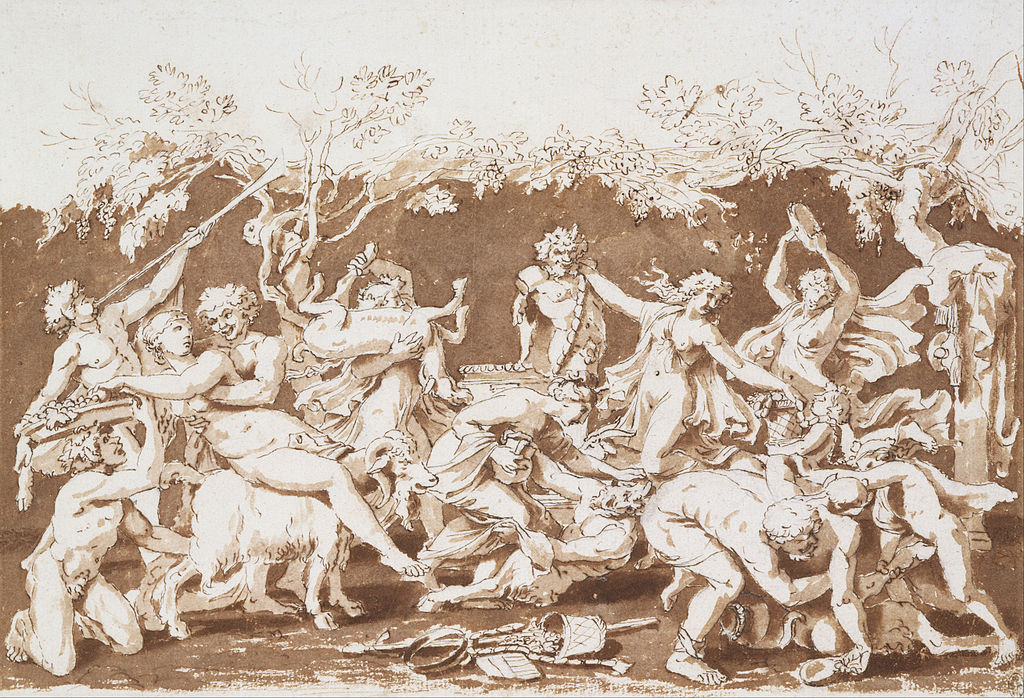
Fand's clergy comprises members of any gender, but women often occupy the most relevant positions. The common day vest of the priest and priestess of Fand is a black wool tunic with a carmine pallium decorated at the loose extremities with black wasps symbols. The most important celebration of the liturgic year of Fand occurs during the day called Jointshields, that's the day that separates Spring from Summer. In Alambar on this day occurs the celebration of the marriages between the heiresses and the juniors of the most noble houses, in this feast the celebrant dressed in a revealing dress made of red veils eulogize the mistress of passion before to start a wild celebration where every attendee is free from any moral restraint.
Holy symbol
The holy emblem of Fand represents a black and red wasp or hornet, with a large sting bent in the attempt to attack a prey. The wasp is a sacred animal for Fandite clergy and it is forbidden to their member to kill one and have the duty to protect them from harm.
Constellation of the Wasp
Separated from most of the other gods constellations, far in the south sky, you can see the constellation of the wasp. This group of stars is especially visible during the summer months, while in winter is mostly hidden from sight. The only other star system that is near to the wasp is the Banshee, since the two goddess are associated by blood and shunned by the other gods. Of great importance to navigators is the trigon called 'Fand's eye' that always point south and, it is told, brings back husbands to their wives.

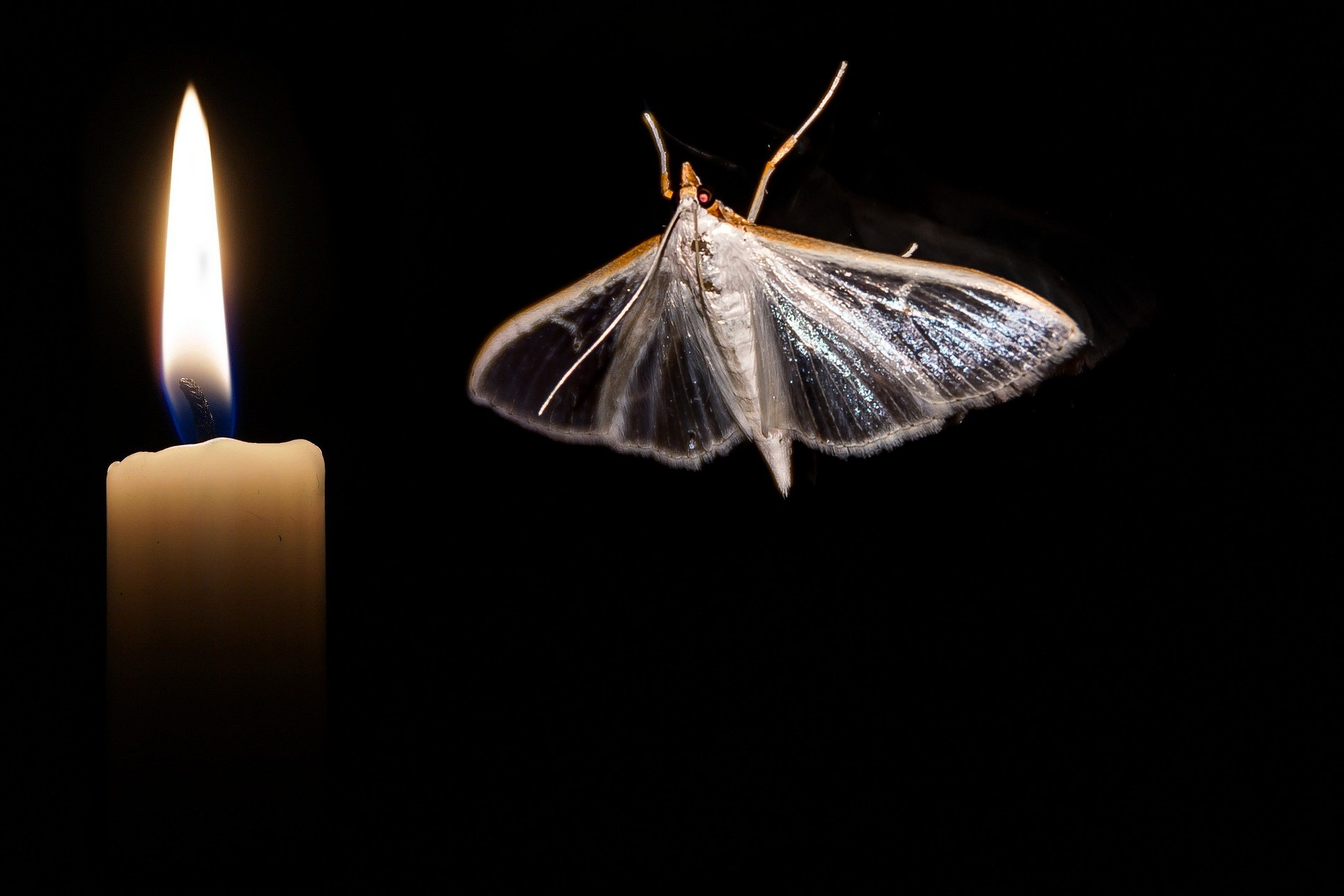

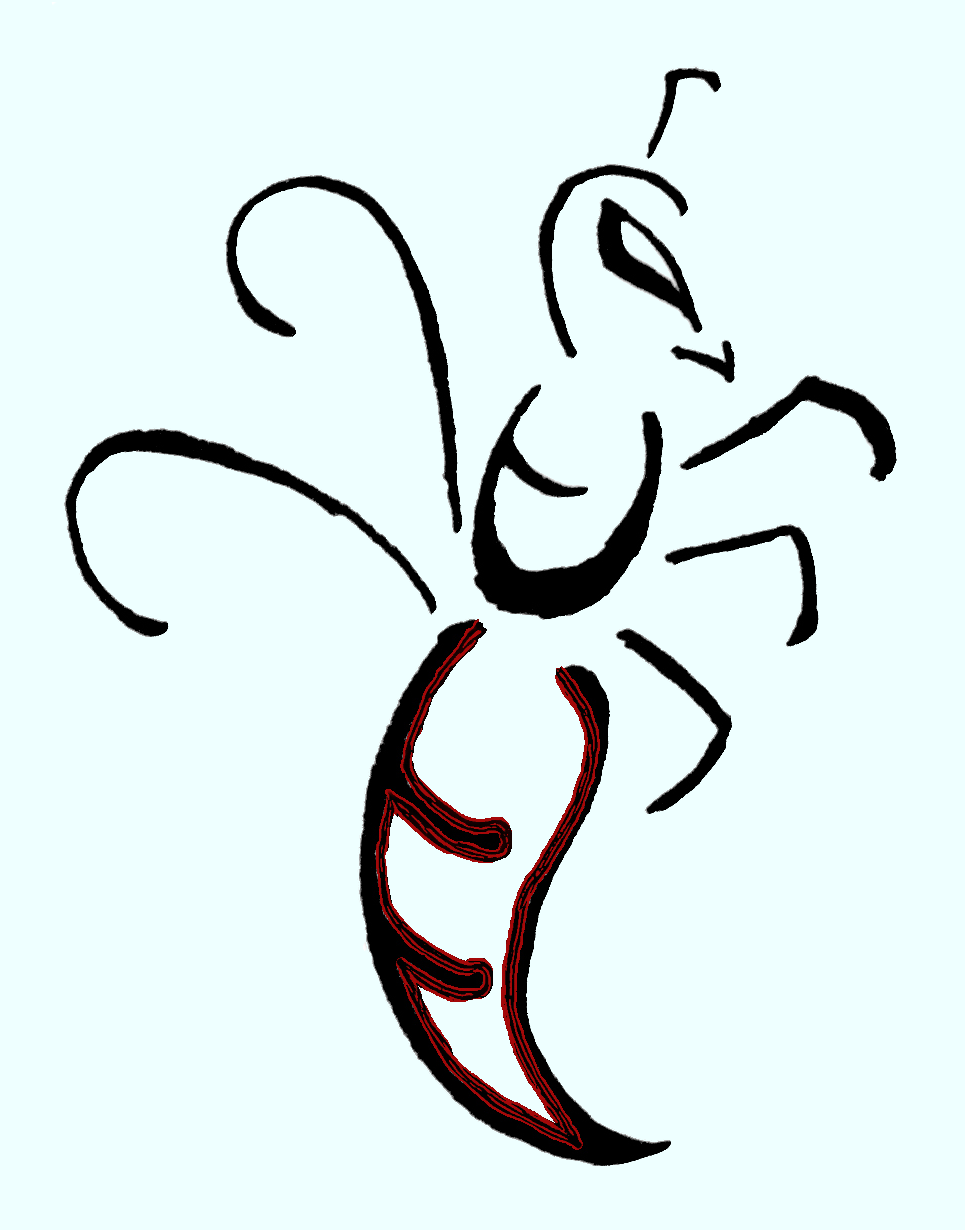
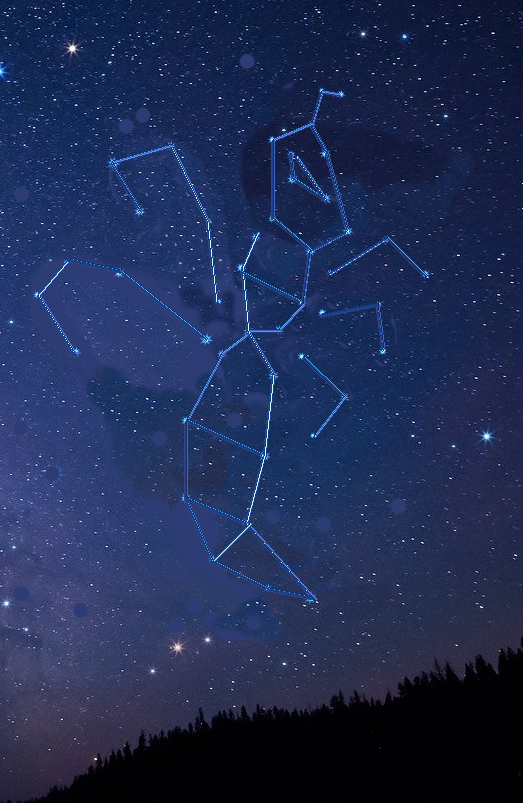

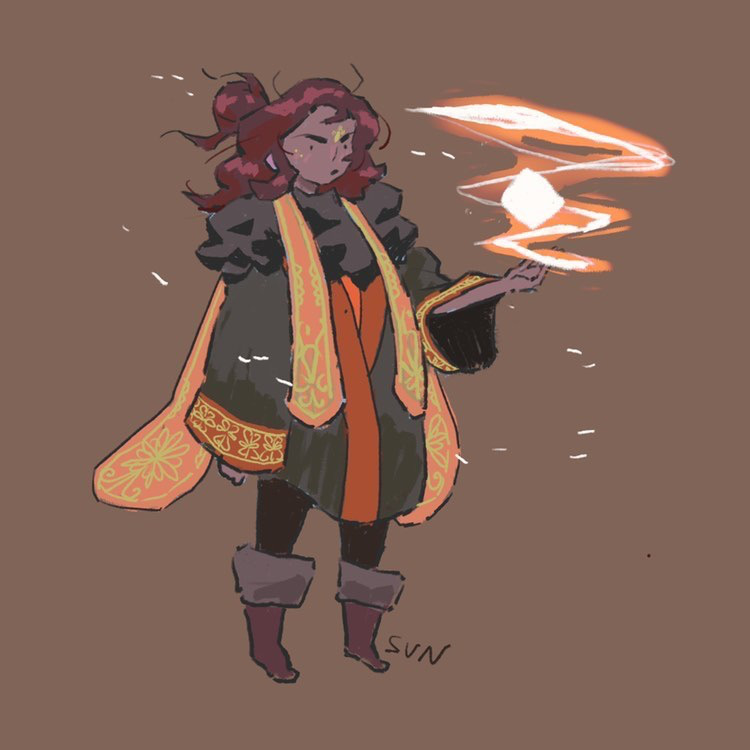

She can turn into a giant wasp!? Yikes! I really love the mythology behind how she became a goddess and how she came to be shunned by other gods. I really like the bit about the constellation too! :)
Thank you very much! You are always very supportive, it gives me energy to keep working ;-)